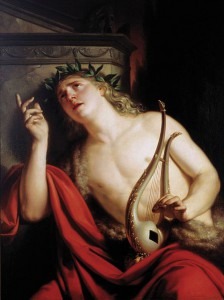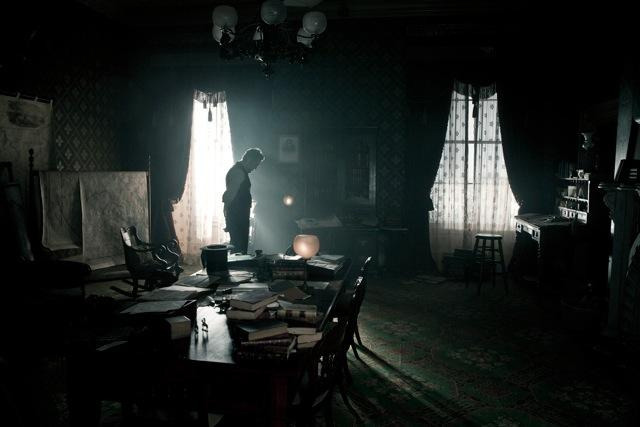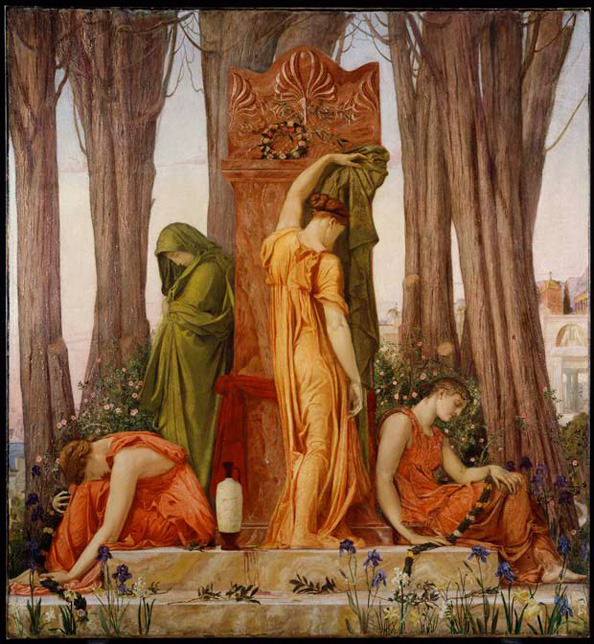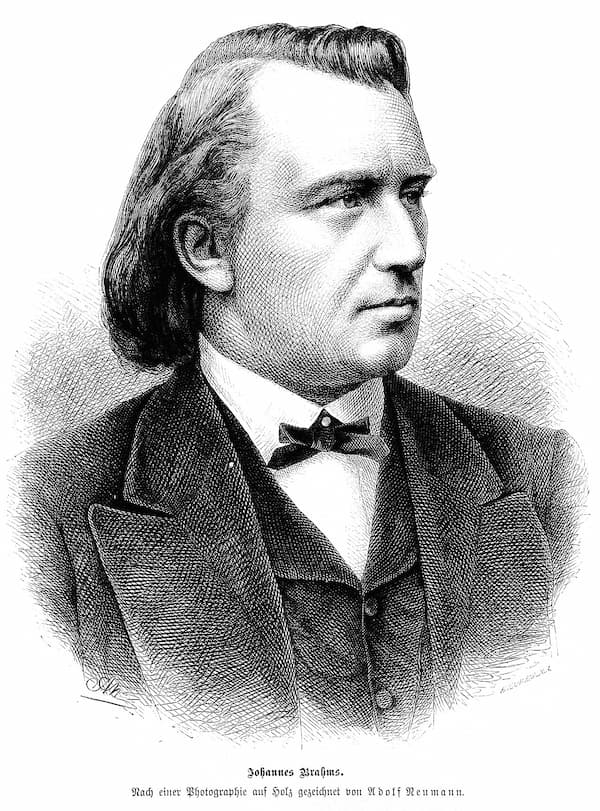
‘The Lamentation of Christ’ by Abraham Janssen van Nuyssen, Dayton Art Institute
Credit: Wikimedia
In poetry, laments are found in the earliest works, from the Illiad and the Odyssey to Beowulf. In the Bible’s Old Testament, there is the Lamentations of Jeremiah. In art, based on the New Testament, there is a common subject in the Lamentation of Christ, depicting mourners over his dead body.
By the 19th century, an elegy became a poem for the reflective mind. It was always taken as self-referential, i.e., by the poet about the poet. The thing that is being lamented may not be dead, but may just be gone and inaccessible.

‘The Lament of Orpheus’ by Franc Kavčič
Credit: Wikimedia
In music, an elegy is rarely a funeral piece but a work of a darker and more somber nature. In the medieval period, an elegy was about death, but by the time of the Romantic period, the elegy had become a personal reflection upon death. The Romantic period had a preoccupation with the idea of death and it’s no surprise that the elegy in music became so common from the late 19th century.
If we go back to Laments, in post-medieval music, the lament came to be characterized by a falling bass pattern. This was first used by Monteverdi in his Lament of the Nymph, published in 1638. The young girl of the song is ruing the loss of her beloved, who has betrayed and left her.
Monteverdi: Lamento della ninfa, SV 163: 2a parte: ‘Amor,’ dicea, (Viveca Axell, soprano; John Potter, tenor; Douglas Nasrawi, tenor; Harry van der Kamp, bass; Tragicomedia; Stephen Stubbs, Conductor)
But it can be best heard in Dido’s Lament in Henry Purcell’s 1688 opera Dido and Aeneas. Dido, the Queen of Carthage, has discovered that Aeneas, who has landed in her country by accident, is leaving for Italy. She kills herself at his betrayal and her lament, built over the falling bass pattern, gives us her death, crying both for her lost love and her lost life.
Purcell: Dido and Aeneas, Act III Scene 2: When I am laid in earth (Véronique Gens, Dido; Les Arts Florissants; William Christie, Conductor)

‘Aeneas and Dido’ by Pierre Lacour
Credit: http://cultured.com/
Del Tredici: Lament for the Death of a Bullfighter: I. Children (Hila Plitmann, soprano; David Del Tredici, piano)
We’ll return to these in our next segment.





Some genuinely great info , Glad I detected this. “Now hatred is by far the longest pleasure men love in haste but they detest at leisure.” by George Gordon Byron.